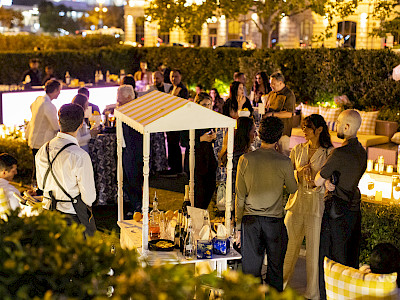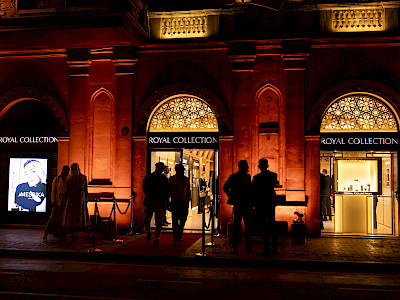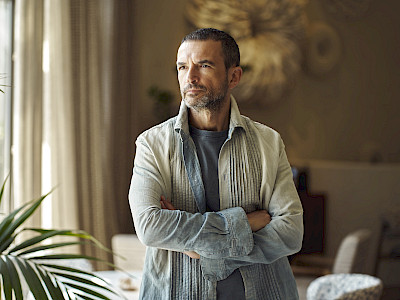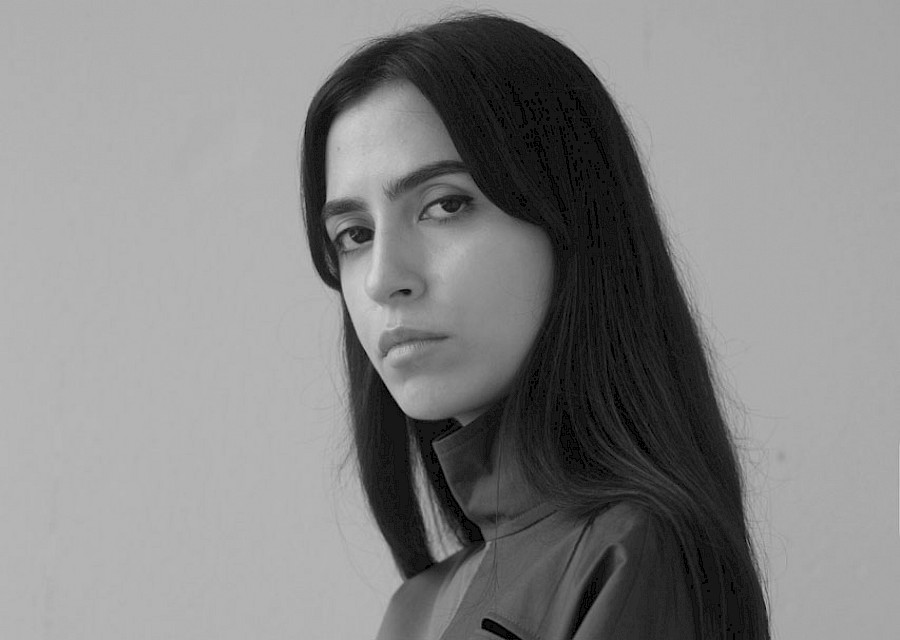
At one of the Fashion Weeks abroad I was presented to our compatriot, novice designer Fidan Novruzova. She just recently graduated from Central Saint Martins University with a degree in Fashion Design with Marketing, but I was much more interested and pleased by the fact that Fidan's graduation work attracted international media attention and ranked third among 150 works by talented faculty graduates, winning the L'oréal Professionnel Young Talent Award. The Vətən collection connected with the Azerbaijan themes was noted by such leading fashion editions as Tatler, WWD and Dazed.
We talked to Fidan about her collection, her studies and plans for the future.
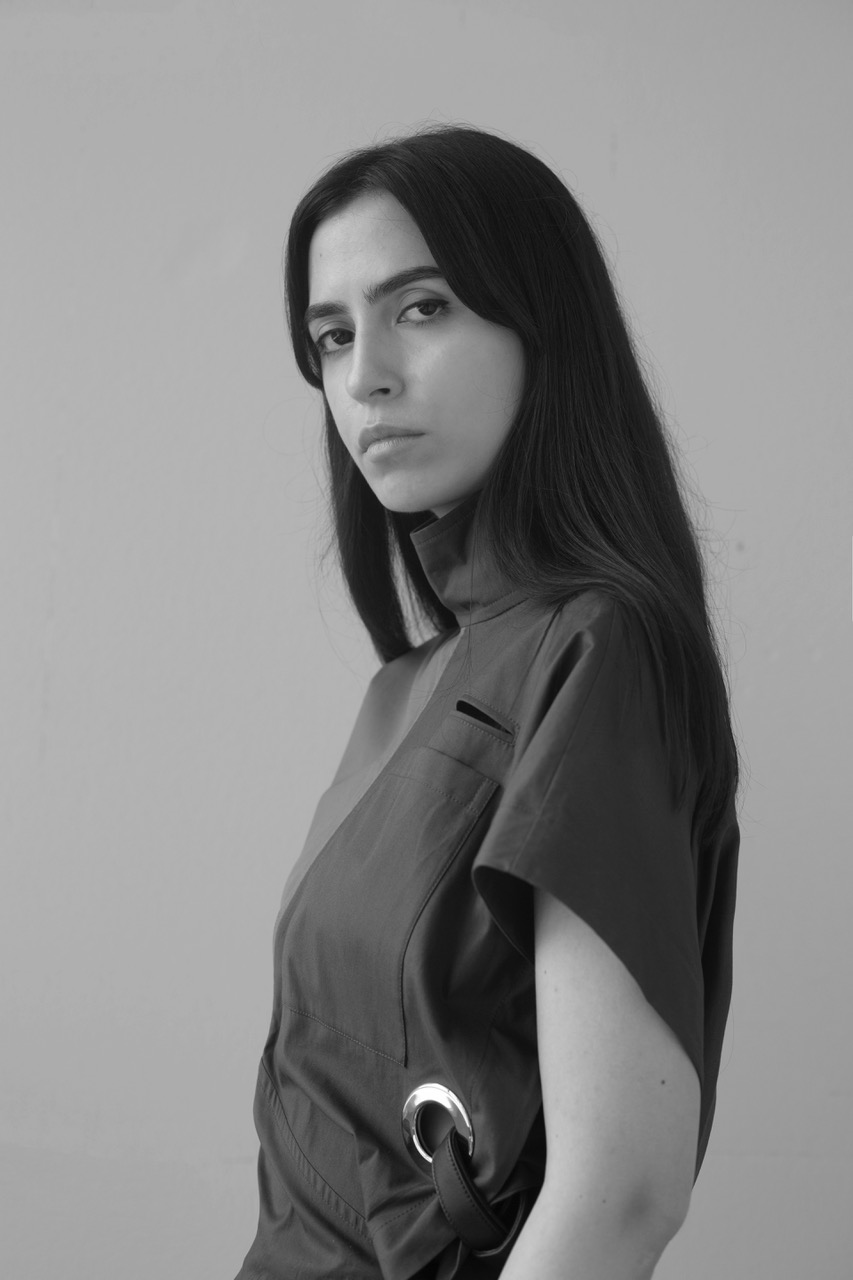
Why did you choose fashion design?
When I was 17, I decided to do fashion, but I wasn't sure which direction to choose: I was between styling, design and marketing. Eventually, I decided to take a short course in each of the disciplines first, and the design seemed the most difficult direction to me (taking into account my skills at the time), but nevertheless the most interesting and close spiritually.
Tell us a little about the learning process, what difficulties have you faced in your way?
It's hard to get into Central Saint Martins, each year over 3,500 people submit to fashion faculty, while there are only about 150 places, so the admission itself was not easiest one. The hardest part was probably about finding inspiration, new ideas and concepts for monthly projects during first and second years. Like many students, I very often compared myself with others, but over time I realized how unproductive it was and that the work of each of us is very individual. It is necessary to concentrate only on the creative process.

What are the collection's main theme and sources of inspiration?
As the main theme served the stories of my family and relatives who were born and raised in Lachin, Karabakh, but were excommunicated from their native land because of the war. They later moved to larger Soviet cities. My visual interpretation of this story is the transition from elements of the Caucasus provincial order to pragmatism of the big Soviet city. Also I found inspiration in the Soviet cinema, in particular in the film by Eldar Ryazanov "Office Romance".


What distinguishes your collection from the graduate works of your fellow students?
I think the feature of our faculty is that it's difficult to find two people with a similar aesthetics. Each collection is very different from the other, as we are taught to create not only clothes, but also a whole world around it. It's important to understand who your muse is, who your client is.
Look from the outside: how hard was it to maintain the motives of Azerbaijani culture in the collection, adapting them for the European jury and modern fashion trends?
Perhaps the fact that I grew up in Chisinau already makes me kind of an outsider: I found unusual many details that seemed quite common to my close relatives. The key point in aesthetics was the combination of the past and the present. For example, one image used a pattern of organic glass diamonds linked together by a hook. This ancient method is a reference to the household of my grandparents and great-grandparents and to country life in the Caucasus. The plexiglass is, in turn, a modern material. It looks rather futuristic and is often used in the exterior of modern megacities.


In the final look I combined the traditional Caucasus shepherd's cape and classic trench coat, buttons contain such national elements as pomegranate, Maiden Tower, drawings from Qobustan, tar, etc. I think the jury really appreciated the authenticity of foreign culture and such a detailed approach to work.


The idea of a lookbook in the form of carpets is pretty unusual. Tell us about the idea and its making process.
One of the tasks was to present the collection in the form of a promotion project – this could be a lookbook, video shooting, installation or, let's say, an exhibition. I decided to go with the lookbook, but with a non-standard approach. Since carpets are the basic component of our culture, I planned to present the luxury collection in the form of carpet installations. Together with Floare Carpets we created six carpets illustrating my graduation collection. It wasn't easy given that new details were added to the graduation collection each week, but I'm happy with the result.
Please share with us your plans for the future.
In the future, I'll probably create my brand, and meanwhile I plan to move to Paris and for the next 5-6 years work in one of the Paris fashion houses, to gain experience.
Interview: Aykhan Musakhanli
Photo: press-materials

